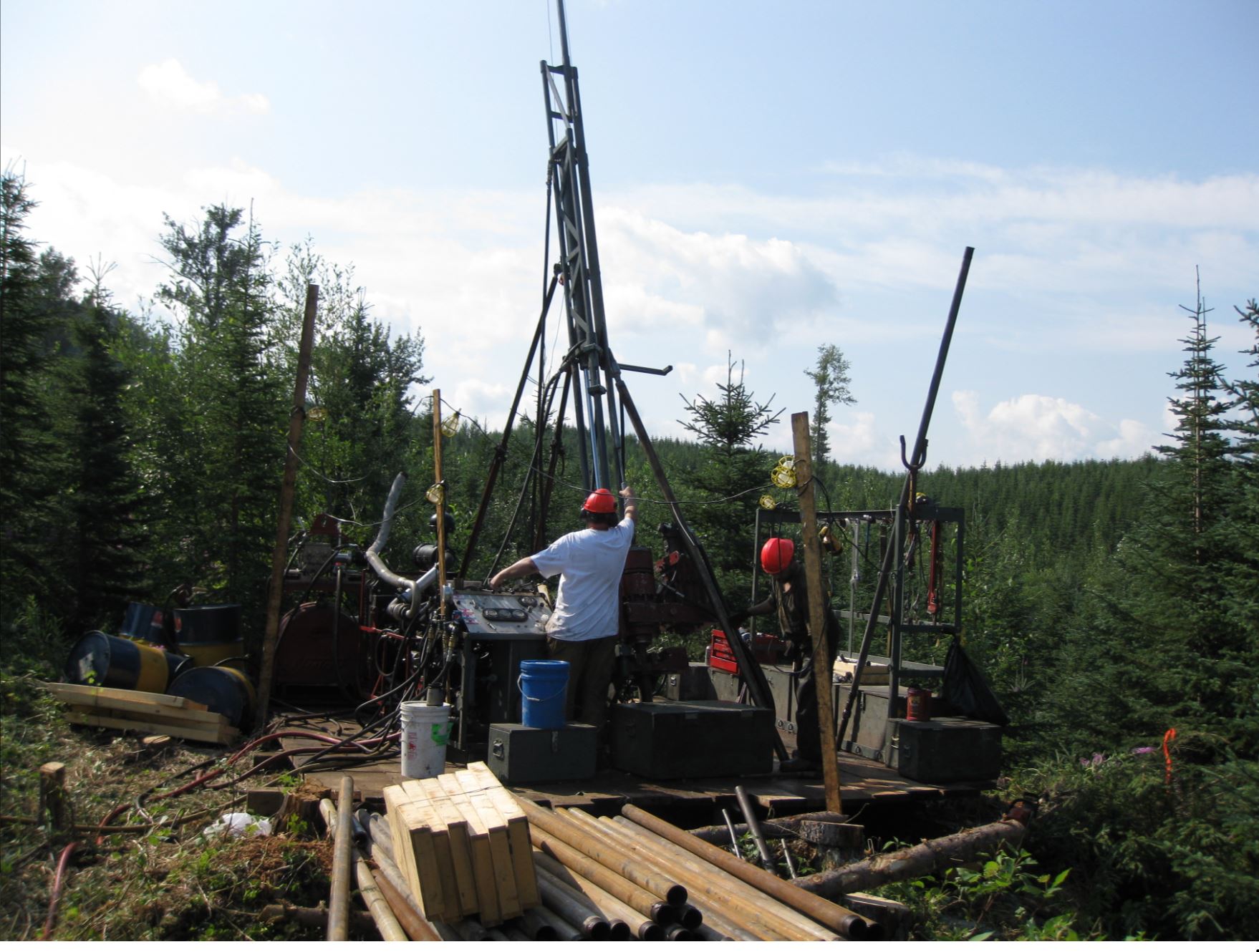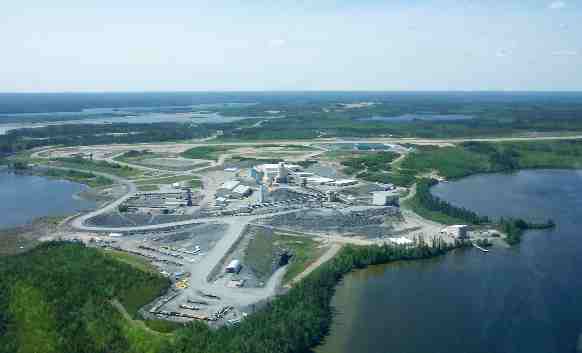The roadmap to implementing BEVs

The Artisan battery-electric vehicle line for underground mining. Artisan was acquired by Sandvik in early 2019. CREDIT: SANDVIK
The stars are aligning for battery- electric equipment manufacturers in the Canadian mining industry – emissions restrictions are tightening, carbon tax schemes have been implemented, Canadians are putting pressure on the industry to conduct cleaner operations, and the mining community universally recognizes the safety benefits that the technology can offer their workforce.
Moving towards the use of battery-electric vehicles (BEVs) offers mining companies a number of key benefits, including the redistribution of their energy mix to cleaner sources, lower energy costs, and a reduction in the environmental impact of their operations in terms of greenhouse gas emissions.
But if BEVs are the way of the future for underground mining, why haven’t more mines in Canada implemented them? BEVs increasingly look like the way of the future in underground mining. However, it is clearly early days, as traditionally risk-averse miners work to fully understand the technology and the expected implications for their operations.
Resistance to change and lack of trust or credibility shadow the first few years of most new technologies, and when you combine that with the conservative nature of mining companies, you can see how the industry might be slow to adopt new solutions.
While adoption has been slow so far, interest is high. Evan Pelletier, general mine manager of Kirkland Lake Gold’s Macassa mine, says that on average, they receive one to two requests per week for tours and information about battery equipment at Macassa. The mine purchased its first battery-powered scoop in 2012 and now has over six years’ experience working with the technology.
“The initial plan was to commission a conveyor system underground to move muck,” Pelletier says. However, the mine soon determined that the conveyor system would not be feasible and instead chose to retrofit the mine with BEVs. “Battery equipment allows us to operate and develop in areas that would be very challenging and costly with diesel equipment.”
The story at Macassa is one that is becoming more common throughout the industry – targets are increasingly identified at deeper depths, and heat and ventilation restrictions represent challenges that much be overcome.
Kirkland Lake Gold made the bold decision to retrofit their mine with BEVs, enabling mining in areas that would not otherwise be accessible.
“We are generating one-third of the amount of heat with battery equipment as we would be with traditional diesel equipment,” Pelletier says. “We were able to reduce our greenhouse gas emissions and (diesel particulate matter).”
The decision has had a positive impact on working conditions and has contributed to the mine’s strong operating performance and solid track record in achieving its key production targets.
The Macassa mine, which has been in production for 86 years, is embarking on a new shaft development project that will ultimately extend to a depth of approximately 7,000 ft. The new shaft will enable the mine to grow production from the 2019 target of 240,000 – 250,000 oz. gold to well over 400,000 oz. of gold per year.
Pelletier expects that the mine’s decision in 2012 to retrofit the mine with BEVs will return further benefits for the shaft construction project. “Using battery equipment will allow us to develop faster as the restrictions on ventilation will be lessened,” Pelletier explains. “With this, we can begin operations from the new shaft sooner while not having to wait for ventilation developments, which was a bottleneck in the past.”
Pelletier has been in the mining industry for 28 years and has extensive experience with underground equipment.
“Battery powered equipment technology (has) improved tremendously in a relatively short time,” he says. “The new (Artisan Z40) truck… has many improved options compared to the first-generation model… including a self-ejecting battery and the battery cooling systems, along with improved battery regeneration.”
He adds: “The self-ejecting batteries have reduced the amount of development required because we can change batteries in smaller spaces, and they allow us to change batteries faster and more safely, largely eliminating pinch points.”
Macassa mine was the first in the world to Preview (opens in a new window)introduce the new generation Artisan Z40 truck.
“Establishing a good relationship with the original equipment manufacturers (OEMs) early in the process and keeping them engaged throughout will be a factor in any mine’s successful implementation of battery vehicles,” Pelletier says.
Kirkland Lake Gold has stayed highly engaged with their OEMs throughout the product development process to ensure the equipment fits their unique needs and to encourage OEMs to develop equipment that will facilitate growth in the BEV space in underground mining.
“Macassa is now on the map as the first retrofitted battery-electric mine in Canada, and we are carving the path for others to follow,” Pelletier says.
Macassa mine is just one example that battery technology is not a short-term solution.
“It works,” Pelletier says, “And it will benefit (the operation) over the long run.”
To execute the transition well, mines need to observe Macassa’s example – “be prepared to review and potentially modify the design, based on your facility and needs,” Pelletier advises, and “commit to good training for your operators – these are new and novel pieces of equipment, and training will prevent potential breakdowns or issues in the future.”
Kirkland Lake Gold has even started working with the Northern College to develop a common core module on battery equipment to foster more interest in battery technology in mining in the community.
Prepping for BEVs
According to Dale Rakochy, Sandvik Canada’s business line manager for load and haul equipment, there are some steps a mine can take to prepare for the transition to the cleaner-powered equipment.
“Develop a thorough understanding of the equipment tasks,” he says. “Through simulations, the productivity and cycles can be well predicted, and the performance can generally exceed that of a typical diesel equivalent.”
Rakochy agrees with Pelletier that a close working relationship with the OEM will be beneficial. “The OEM can help the mine to understand the job and optimize charger locations to ensure a maximum number of cycles between battery charges,” Rakochy says. “Wherever possible, I recommend that the mine take advantage of gravity by hauling downgrade, provide regenerative braking to charge the batteries – even back haulage down the ramp will help improve duty cycles and battery longevity.”
Involving operators and maintenance teams in the transition and introduction process is also beneficial. Rakochy says that in his experience, “once they get over the change hump, we have found that they prefer the new electric equipment over traditional diesel.”
Implementing battery and electric equipment can help mining companies in many ways, and it is not only an option exclusively for greenfields projects.
Retrofitting mines and brownfields projects with BEVs is possible, and Pelletier challenges those who believe the myth that BEVs are only for greenfields projects: “If Macassa mine, an operation that has been running for 86 years can convert over to BEV, anyone can.”
Kate Burns is the marketing, intelligence, and strategy manager for Sandvik Canada.





Comments